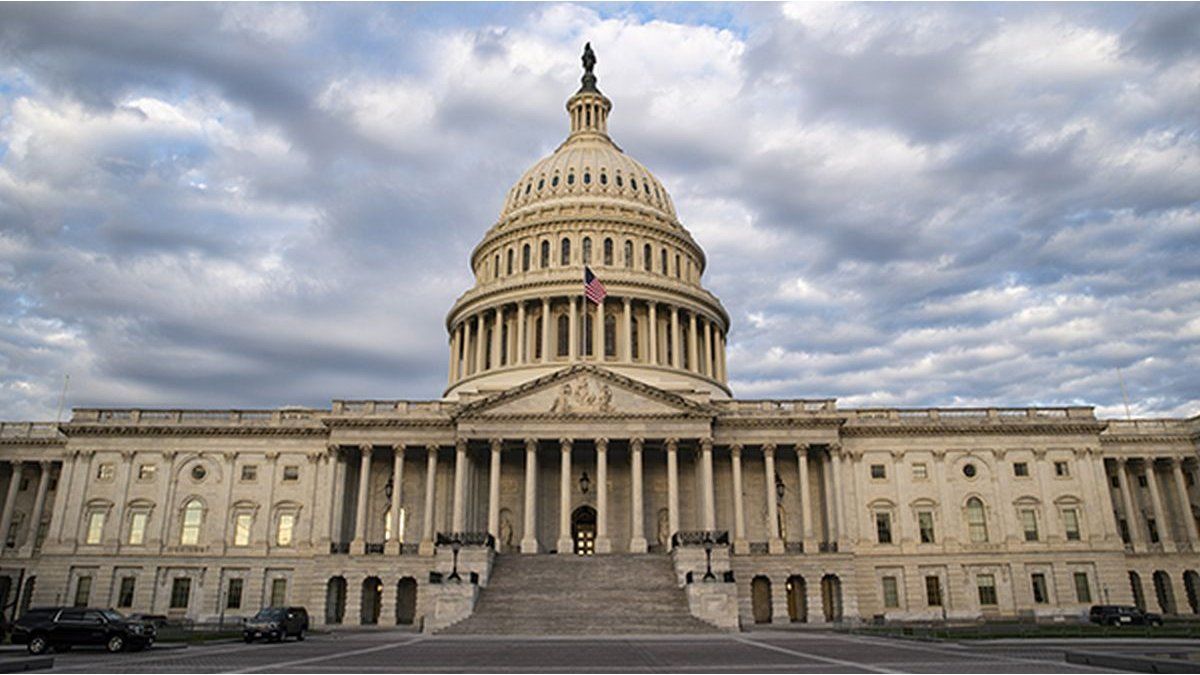In a difficult day for Argentine public finances, the national treasure faced debt maturities yesterday for $ 11.8 billion (approximately US $ 9,100 million), managing to renew 76% of commitments through a tender That, although successful in terms of coverage, he left a bitter taste in the market: Interest rates of validates reached worrying levelswith the short -term capitalizable letters (LECAP) paying up to 65% annual effective rate (TEA). This result, which marks a significant climb with respect to previous tenders, highlights the tensions in the financial market and raises serious questions about the consequences for the real economy in a context of economic cooling and exchange pressures
A high financial tension context
Yesterday’s tender, which included six Lecap with maturities between August and October 2025, a bonus adjusted by inflation (Bancer) expiration in October 2026 and four instruments “Dollar Linked” To calm the demand for exchange coverage, it was developed in a high volatility environment. The expiration of Fiscal Liquidity Letters (LEFI) On July 17 he left the banking system with the lowest maneuver margin, generating a shock of illiquidity that distorted the rates curves. This phenomenon, combined with the recent intervention of the Central Bank of the Argentine Republic (BCRA) in the very short -term debt market, where it paid annual nominal rates of 45% to one day, reflects the difficulty of the government to balance the absorption of weights with exchange stability.
The instrument menu offered by the Ministry of Finance, led by Pablo Quirno, He sought to diversify the options to attract investors with different risk profiles. However, the market responded with a cautious demand, prioritizing liquidity at the beginning of a new montha period typically characterized by a greater need for funds for seasonal operations.
DOLLAR PESOS
Depositphotos
An unprecedented escalation in rates
The most worrying aspect of the tender was the level of validated rates. The short-term LECAP, which concentrated most of the demand, closed with monthly effective rates (TEM) of between 4% and 4.28%, equivalent to 60-65% ASD, a significant jump compared to the levels observed in previous months. To contextualize, at the end of May, the shortest LECAP paid 35% ASD; At the end of June, after knowing the date of completion of the Lefi, the rate had risen to 40% ASD; Already mid -July, it reached 47% TEA. Yesterday’s tender, with rates that exceed more than double those of the extinct Lefi (33% ASD), marks a substantial increase in the cost of financing for the treasure
The Secretary of Finance, Pablo Quirno, defended the strategy in an X message: “Our mandate is clear: we do not want to be surplus weights in the market, and we have a very restrictive monetary policy where the rate is determined endogenous. We are not going to release liquidity so that the rates are lowered.” This position, aligned with the commitment of Javier Milei’s government to maintain the zero fiscal deficit, reflects a Hawkish monetary policy that prioritizes the control of the monetary base over the reduction of the financial cost. However, the decision to validate such high rates is not exempt from risks.
Impact on public finances
The increase in financing has direct implications for public finances. LECAP, being instruments that capitalize on interest, allow to postpone the immediate fiscal impact, but the accumulated cost will be transferred to the future, increasing the debt stock in a context where the treasure already faces significant challenges.
pesos.jpg

The increase in rates also reflects less market confidence in the treasure capacity to refinance its maturities without paying a significant prize. The incorporation of “Dollar Linked” instruments in the tender aims to calm the demand for dollars in the market -free market, but did not have a significant demand, so the pressure could be sustained.
Repercussions on the real economy
Beyond public finances, high rates have a direct impact on the real economy. The restrictive monetary policy, designed to absorb weights, contain pressure on the dollar and prices, is beginning to generate friction in the productive system. Reference interest rates, which in the secondary market reached 70% TEA for short -term LECAP, increase credit for companies and consumers, limiting investment and consumption. In a context where in recent months a certain economic cooling was noticed, this monetary squeeze could exacerbate the deceleration
An additional aspect to consider is the impact of these rates on the banking system. With the Lefi out of circulation, banks have migrated to LECAP, which offer biweekly tenders but imply a higher risk due to their sensitivity to market conditions. Yesterday’s tender showed that the banks prioritized liquidity to face the seasonal demand for pesos, which limited the total renewal of the maturities. This behavior suggests that the transition to a system without Lefi is generating tensions that could persist in the next tenders.
Looking forward: elections and volatility
The outcome of yesterday’s tender lights yellow lights for the future, especially considering the pre -election context. The elections usually generate additional tensions in the financial market, with a greater demand for exchange coverage and a lower disposition to assume risks in pesos. If the Treasury had to validate 65% TEA rates in a relatively stable context, what rates will be willing to pay in a scenario of greater uncertainty?
The Quirno message in X, by emphasizing restrictive monetary policy, suggests that the government is willing to pay the cost of high rates to maintain control over liquidity. However, this strategy could have unwanted consequences. Without stocks, roll is more difficult and expensive. The recent flexibility of exchange controls, announced in April, has modified the monetary scenario, which could force treasure to offer even greater prizes in future tenders
Conclusion: A delicate balance
Yesterday’s tender shows the delicate balance facing the economic team led by Luis Caputo and Santiago Bausili. On the one hand, the commitment to the zero fiscal deficit and the reduction of the monetary base is a sign of discipline that has generated confidence in international markets. On the other hand, the validated record rates yesterday reflect the difficulty of sustaining this strategy without generating significant costs for the real economy.
The market will be attentive to the next tenders, particularly to the treasure capacity to renew maturities without yielding even higher rates. In a context of exchange pressure, persistent inflation and an uncertain electoral panorama, yesterday’s result is not only a thermometer of the investment appetite, but also a warning about the challenges facing Argentina to consolidate macroeconomic stability. The Government could interpret a lower level of renewal as a sign of re -delight, but the cost of this transition should not be underestimated. The yellow lights are lit, and the path to stability promises to be injured.
Economist
Source: Ambito
I am a 24-year-old writer and journalist who has been working in the news industry for the past two years. I write primarily about market news, so if you’re looking for insights into what’s going on in the stock market or economic indicators, you’ve come to the right place. I also dabble in writing articles on lifestyle trends and pop culture news.




